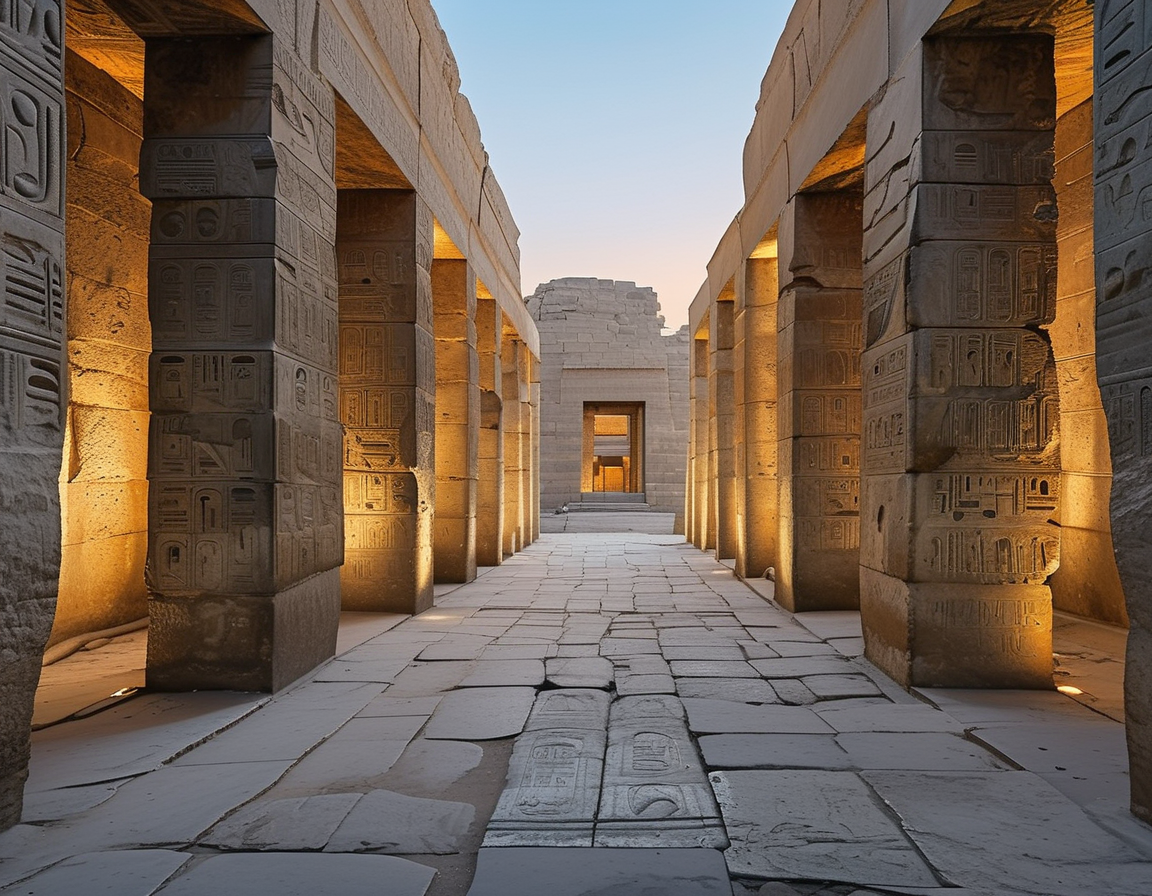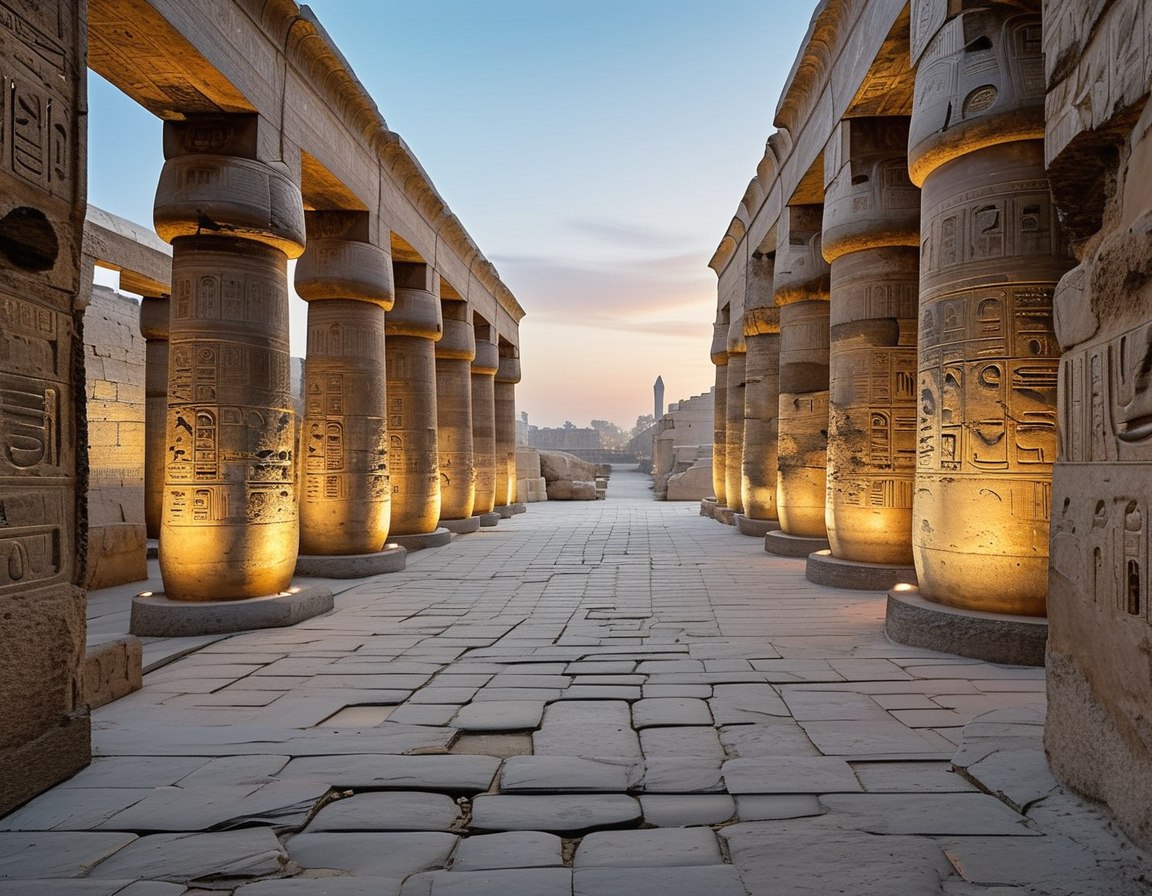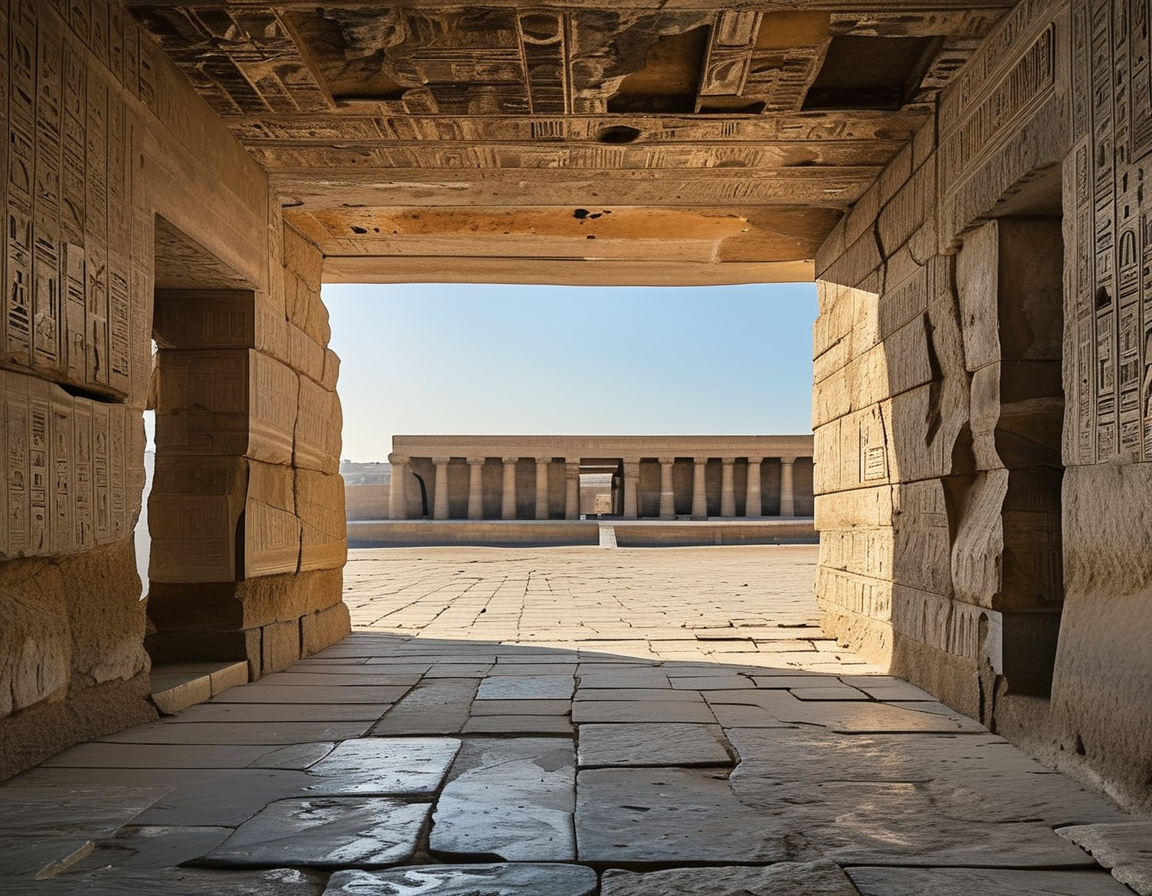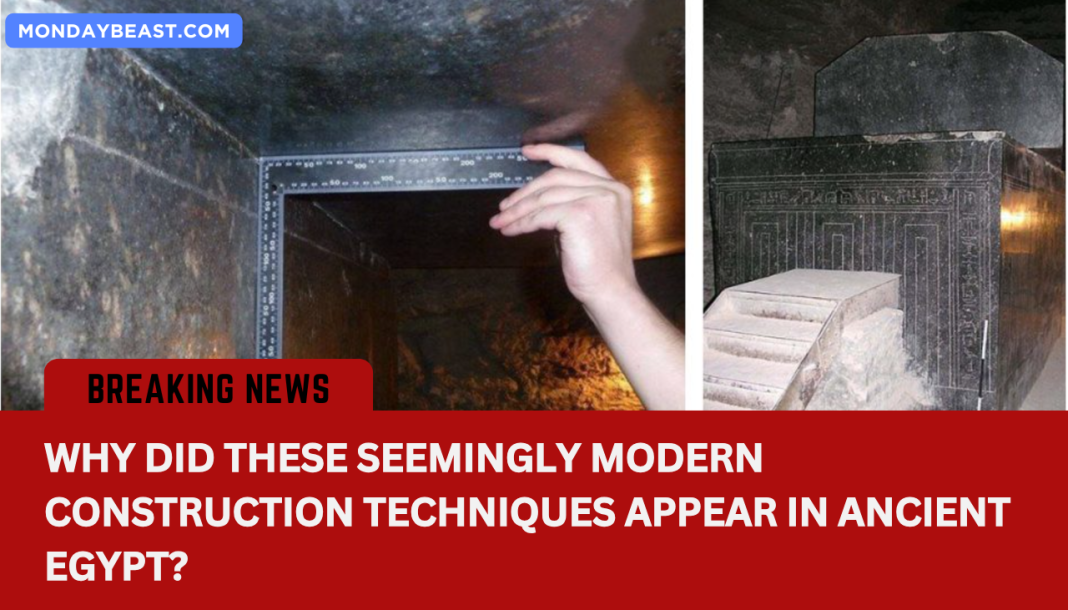An Enigmatic Discovery
Located deep within Saqqara, the Serapeum whispers tales from an ancient past. Discovered in 1850, this labyrinthine site unfolds like a gripping novel. Within its darkened corridors lie 25 granite boxes, crafted with astonishing precision. Each one weighs around 100 tons—a staggering feat for any civilization. How did the ancient Egyptians manage that? Just imagining the scene is almost bewildering.

These boxes, each weighing roughly 70 tons with a lid of 30 tons, were hewn from the same granite stones. Yet, tragedy strikes for curious minds: they were found empty. Their purpose remains elusive, shrouded in the mists of time. Could they have once housed something sacred? Perhaps the remains of revered bulls as suggested? This thought lingers, inviting speculation while challenging our perception of ancient expertise.
The Engineering Enigma
Consider the logistics involved. If each box required about 2000 men to transport, the sheer number is staggering. Picture it: a massive army working in unison within tunnels barely two feet wider than the boxes! How did they manage to maneuver such heft with so little space? It paints a vivid picture of ancient teamwork, but are we overlooking something larger?

The granite blocks were sourced from Aswan, nearly 500 miles away. Transporting them would be a lengthy, arduous task. Did they rely on rivers and slick surfaces? Maybe they used methods we can’t even imagine today. Here’s a thought: Did they have a kind of wooden sled that we haven’t yet discovered? The possibilities boggle the mind.
Craftsmanship Beyond Compare
Traditionally, Egyptologists assert these boxes served as burial sites for sacred bulls during the late dynastic period. But it raises further questions. With tools made of softer copper and iron, how did they achieve such precision on granite—ranked 7-8 on Mohs scale of hardness? It sounds almost improbable, doesn’t it? I find myself asking—was there some advanced technique lost to the pages of history?

The three boxes that feature hieroglyphic carvings pose an additional riddle. These seem to have been added later, though, to a reckless observer, they appear almost crude. Scratches? Would they represent a decline in craftsmanship, or perhaps a different era altogether? They invite interpretation while challenging our understanding of ancient craftsmanship.
Conclusion: Continual Curiosity
Ultimately, the Serapeum stands as a monument not just to engineering, but to endless curiosity. What do you think? Is it merely a tomb, or could there be more beneath its surface? The wonders of ancient Egypt continue to inspire and perplex both scholars and dreamers alike. Each layer of mystery beckons us to delve deeper. So, what’s your take—could we, too, uncover answers that reshuffle everything we know?




